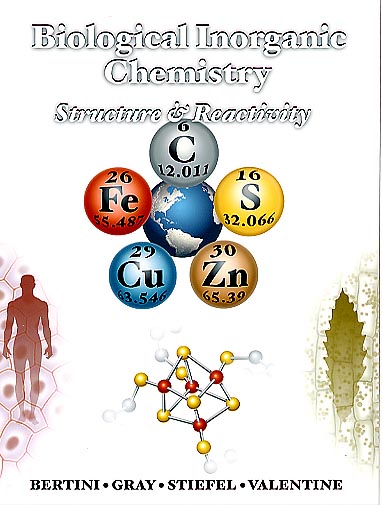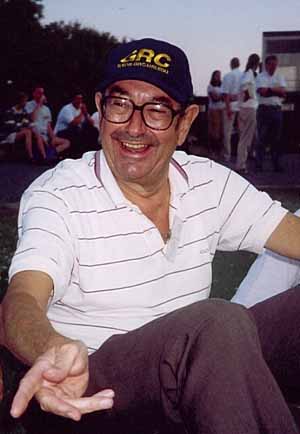
Biological Inorganic Chemistry
Organized and edited by Ivano Bertini, Harry Gray, Ed Stiefel, and Joan Valentine, with contributions from many other world leaders in the field, this all-new book is equally appropriate for graduate or senior undergraduate courses in bioinorganic chemistry. The book has been extensively class-tested at Princeton and UCLA, and it includes tutorials in biology and biochemistry and in inorganic chemistry to aid students of varying backgrounds.
Summary
The long awaited text for 21st century courses in biological inorganic chemistry is now available. Organized and edited by Ivano Bertini, Harry Gray, Ed Stiefel, and Joan Valentine, with contributions from many other world leaders in the field, this all-new book is equally appropriate for graduate or senior undergraduate courses in bioinorganic chemistry. The book has been extensively class-tested at Princeton and UCLA, and it includes tutorials in biology and biochemistry and in inorganic chemistry to aid students of varying backgrounds. The main text is divided into two parts. Part A, “Overviews of Biological Inorganic Chemistry,” sets forth the unifying principles of the field. A full course in bioinorganic chemistry could be based entirely on this overview section, which is a really a book within a book! Part B, “Metal-Ion Containing Biological Systems,” describes specific classes of systems in detail. A special feature is the strong connection to the genomic revolution that has dramatically enhanced our ability to define the function of gene products in living organisms. Throughout the book, protein data bank codes are given for structures discussed in the text, and students are encouraged to learn to use the PDB in their courses and research. This exciting new book will be a must read for years to come for all students and researchers interested in the field of biological inorganic chemistry.
Translated into Russian.
Ancillaries
- Art online is available for adopting professors.
Resources
List of Adoptions
Preface
Full TOC and frontmatter
Contributor Listing
Table of Contents
I Introduction and Text Overview
PART A: OVERVIEWS OF BIOLOGICAL INORGANIC CHEMISTRY
II Bioinorganic chemistry and the biogeochemical cycles
III Metal ions and proteins: Binding, stability and folding
IV Special cofactors and metal clusters
V Transport and storage of metal ions in biology
VI Biominerals and biomineralization
VII Metals in medicine
PART B: METAL-ION CONTAINING BIOLOGICAL SYSTEMS
VIII Metal ion transport and storage
IX Hydrolytic chemistry
X Electron transfer, respiration and photosynthesis
XI Oxygen metabolism
XII Hydrogen, carbon, nitrogen, and sulfur metabolism
XIII Metalloenzymes with radical intermediates
XIV Metal ion receptors and signaling
TUTORIALS
Tutorial I Cell biology, biochemistry and evolution
Tutorial II Fundamentals of coordination chemistry
Appendices
Index
Reviews
“I heartily recommend this exciting book as an excellent senior-and graduate-level textbook as well as a reference source for both students and seasoned researchers alike. With its cutting-edge material, it should remain definitive many years to come.”
-Chem Educator
“A fantastic book that I can’t wait to get on my shelf.”
-Sonya J. Franklin, University of Iowa
“An indispensable book…Highly recommended for upper-division undergraduates through professionals.”
-Choice, July 07
“Excellent and comprehensive…appropriate for use both as a textbook and as a reference.”
-Kara Bren, University of Rochester

